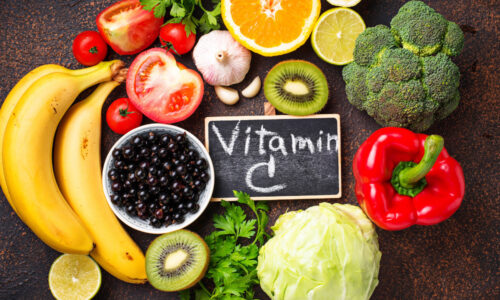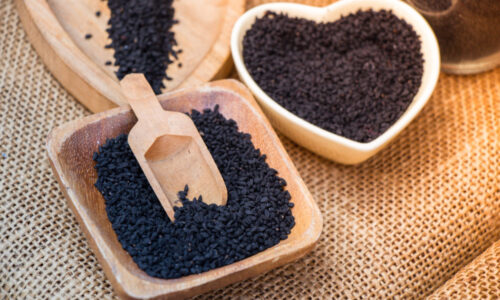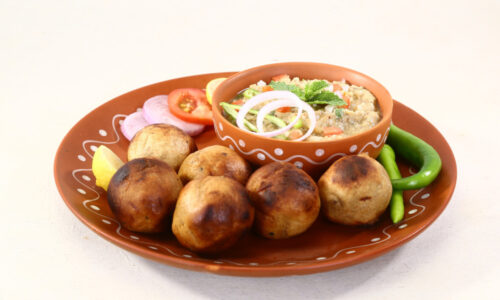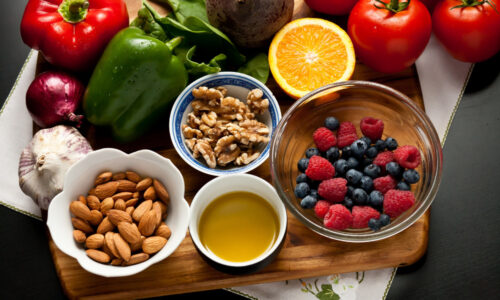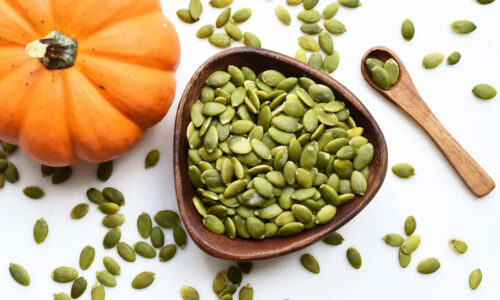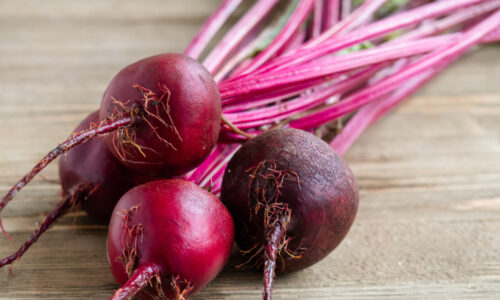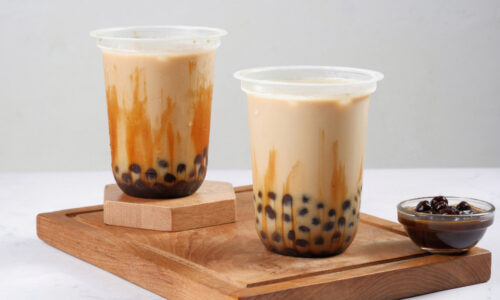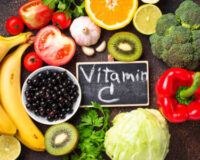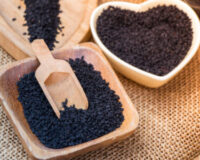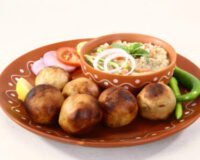When is the Optimal Time to Consume Vitamin D? Resolving the Debate
Vitamin D is an essential nutrient that plays a crucial role in maintaining strong bones and a healthy immune system. It is also believed to have a range of other health benefits, including reducing the risk of heart disease, diabetes, and certain cancers. Despite its many benefits, there is ongoing debate about the best way to consume vitamin D and the optimal time to do so.
The Best Way to Consume Vitamin D
There are several ways to consume vitamin D, including through diet, sunlight exposure, and supplements. It is important to find the best method for you based on your individual needs and circumstances.
Diet: One of the best ways to get vitamin D is through your diet. Foods such as fatty fish, egg yolks, and cheese are good sources of vitamin D. However, it can be difficult to get enough vitamin D from diet alone, especially if you are vegan or vegetarian.
Sunlight Exposure: Another way to get vitamin D is through sunlight exposure. The body naturally produces vitamin D when the skin is exposed to UVB rays from the sun. However, the amount of vitamin D produced through sunlight exposure can vary based on factors such as the time of day, the latitude, and the amount of skin exposed. It is also important to be mindful of the risk of skin cancer and use sunscreen as needed.
Supplements: Vitamin D supplements are another option for increasing your intake of vitamin D. These can be taken in the form of pills, capsules, or liquid drops. It is important to speak with a healthcare provider before starting any supplement regimen to determine the appropriate dosage and frequency.
The Optimal Time to Consume Vitamin D
There is ongoing debate about the optimal time to consume vitamin D. Some experts recommend taking vitamin D supplements with meals to increase absorption, while others suggest taking them on an empty stomach for better absorption.
One study found that taking vitamin D supplements with a meal that contained fat led to better absorption compared to taking the supplement with a low-fat meal or on an empty stomach. However, other research suggests that taking vitamin D supplements with or without food has little impact on absorption.
The timing of sunlight exposure and vitamin D intake may also be important. Some research suggests that the body may be more effective at synthesizing vitamin D in the morning or early afternoon. However, more research is needed to confirm this.
In conclusion, the best way to consume vitamin D and the optimal time to do so may vary based on individual needs and circumstances. It is important to speak with a healthcare provider to determine the best course of action for you.


